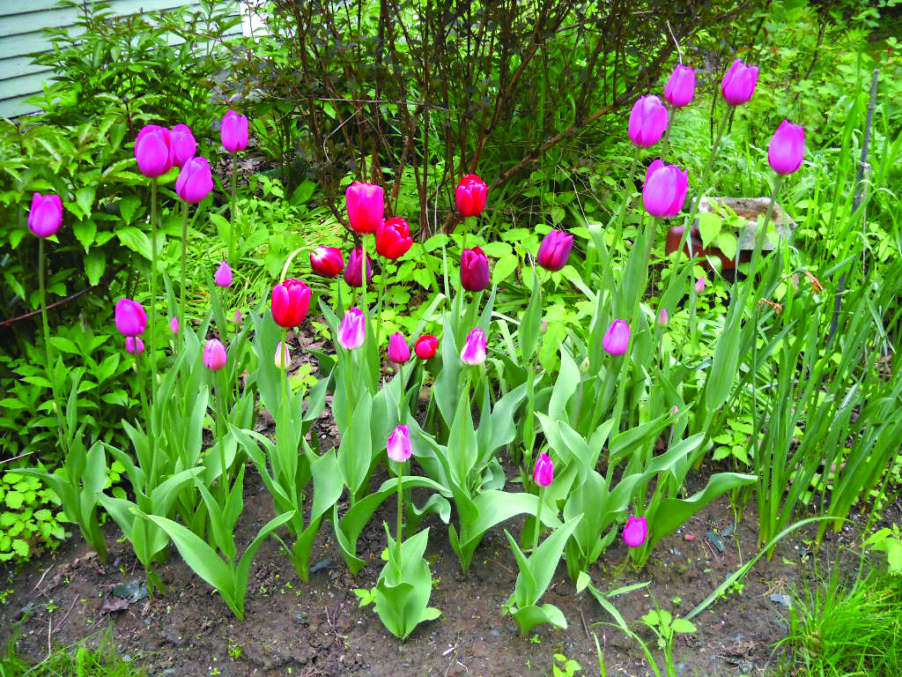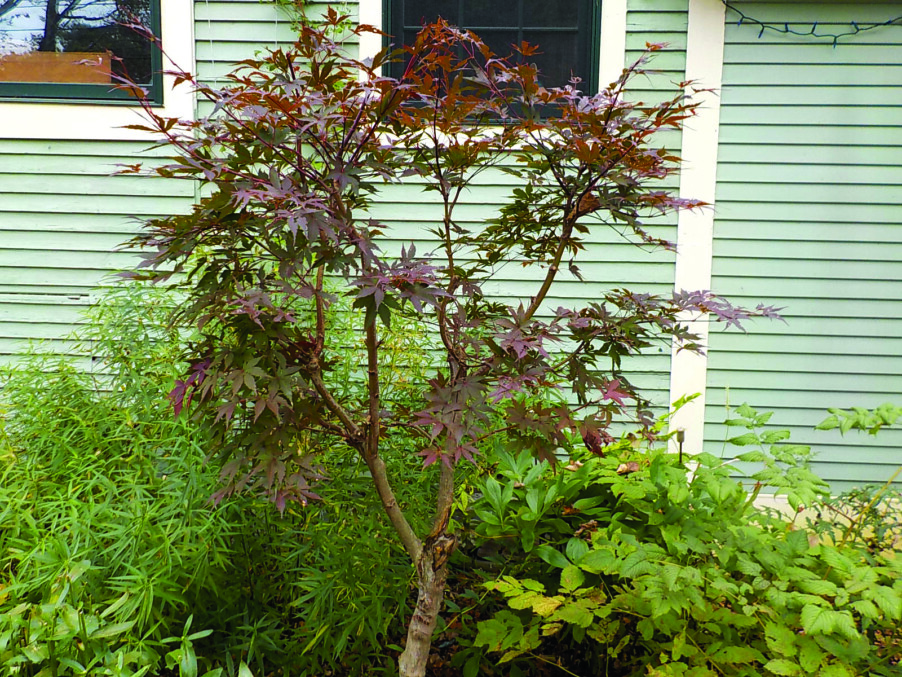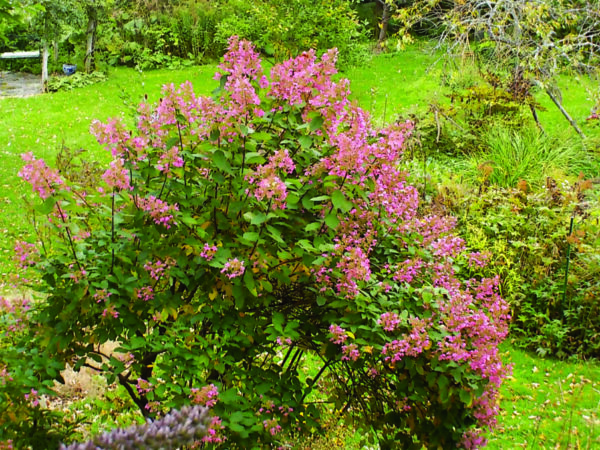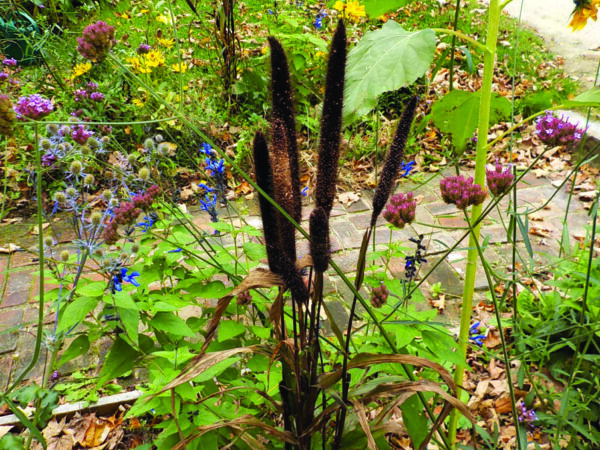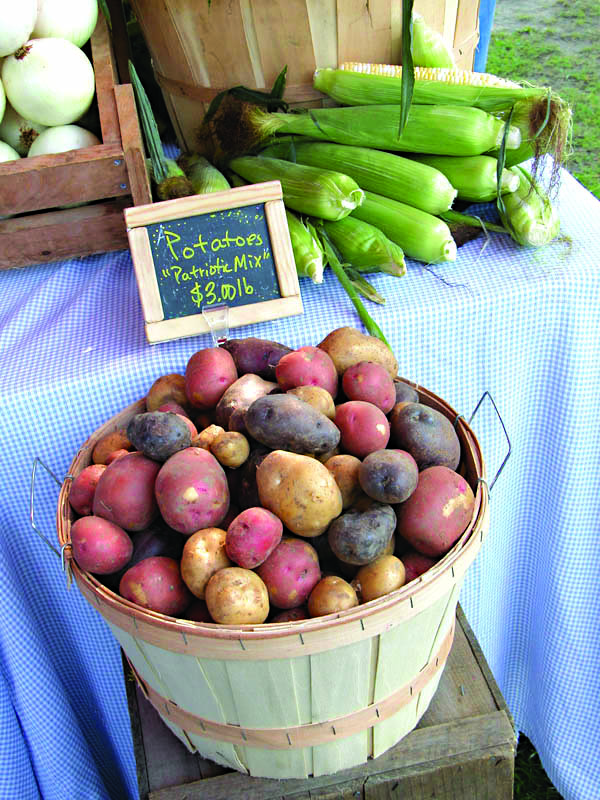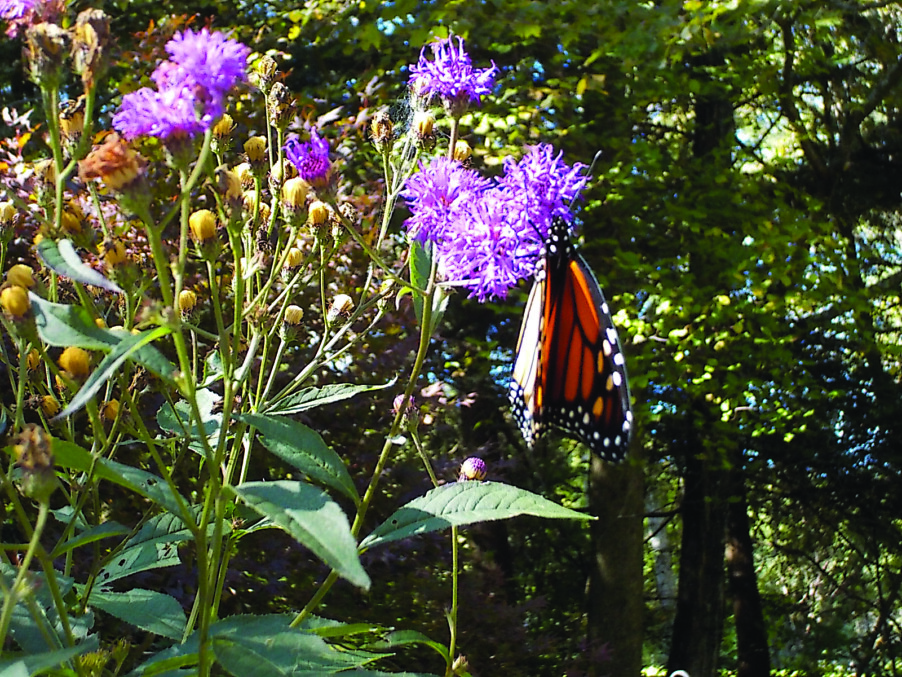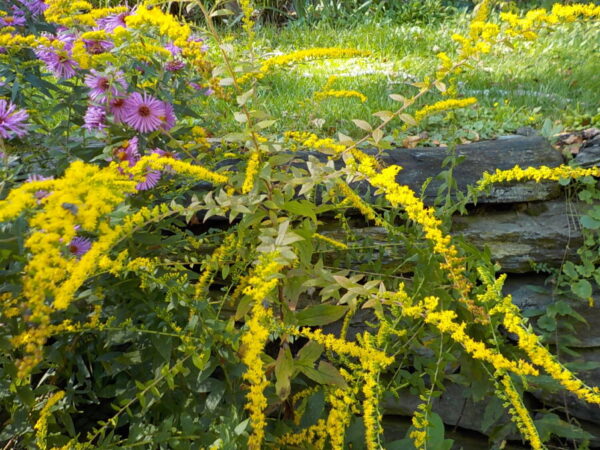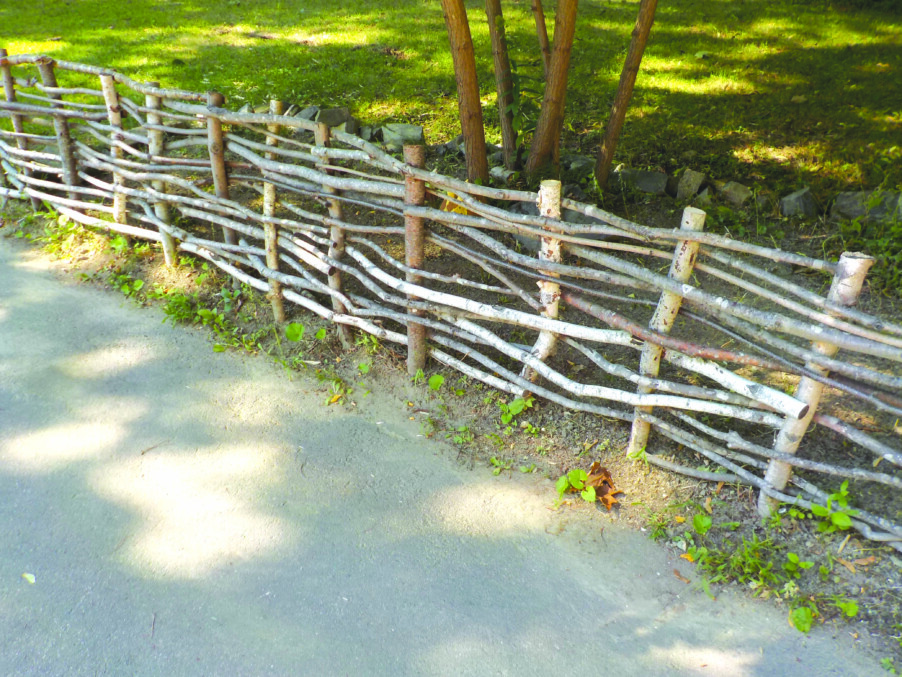Work now, enjoy in the spring
Spring is all about planting, but many gardeners overlook fall planting. Now is the time to plant garlic and spring-blooming flowers planted as bulbs. For me, fall planting is a joy; the thought of bulbs nestled into the ground just awaiting spring fills me with hope. And if you pick a good spot and plant them well, you are sure to succeed.
Let’s start with garlic. I like to say that garlic is, essentially, a no-work crop: plant it, mulch it to keep the weeds down, and then harvest it. Right now, the hardest part will be to find “seed garlic” — nice fat garlic bulbs that you can divide into cloves and plant. Many suppliers have sold out, but try your local garden center or feed and grain store. Don’t buy conventional garlic at the grocery store to plant. It is usually treated with a chemical to keep it from sprouting, and is the wrong kind for New England. Hard-neck garlic is what you want.
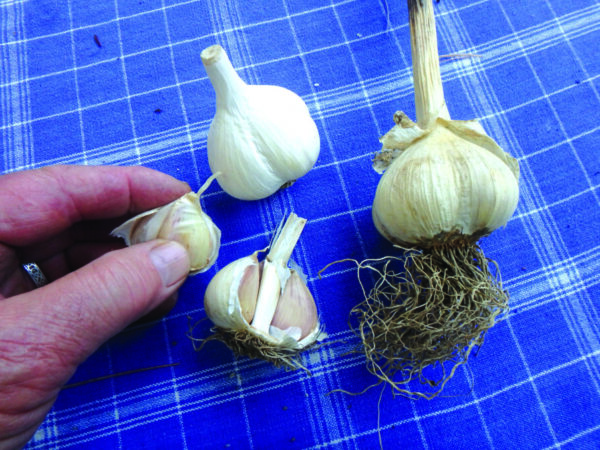
When should you plant garlic? Late October is when I plant, but it is fine to plant earlier or later. It’s best to plant after the soil has cooled down, but you will want the plants to establish roots before the soil freezes.
Pick a bed in your vegetable or flower garden that is in full sun, and that has nice, rich soil that retains water but does not stay soggy in rainy times. If you have heavy clay, work in plenty of good compost — either your own or some you purchase in a bag.
I plant garlic cloves in rows about 8 inches apart. Each clove I plant 3 inches deep and 3 or 4 inches apart. I run my CobraHead weeder down the bed to create a furrow and to loosen the soil. I sprinkle some Pro-Gro or other organic bagged fertilizer into the furrow and run my hand tool through it again. Then I push in the cloves, pointy end up, cover it with soil, and pat it lightly.
Finally I take mulch hay or straw and cover the bed with about 12 inches of loose straw. I know that seems like a lot, but by winter’s end it will be just 4 to 6 inches of cover. That should prevent most weeds from growing all summer — or until you harvest in late July. I always save my best bulbs of garlic for planting.
This is also the time to plant daffodils, tulips and all the small bulbs that bloom early. If you have a fenced yard, that will keep the deer from eating tulip blossoms when in bud — a real treat for them. If you have a problem with deer, you might want to avoid tulips, or plant them in pots for forcing.
Tulips and daffodils are generally labeled as early-season, mid-season or late-season. Plant plenty of each. Early ones are generally shorter, and I plant some, but I love the tall ones best. Maureen is my favorite tulip: She is 22 to 24 inches tall, and ivory to white. Fabulous in a vase. Menton is another nice tall one, pink petals outside with orange and white inside.
Although I have daffodils that still bloom after more than 50 years, tulips are less perennial. My rule of thumb is that if I plant 50, all will bloom the first year, half of that the second year, and half again the third year. So I often plant them as annuals, and pull them or cut off the foliage when I plant annual flowers over them in June.

Bulb planting tools are sold that you can plunge into the soil and pull out a core of soil three inches wide. I don’t like them. Soil sticks to the tool, and I find it much more time-consuming to plant bulbs one at a time. I prefer to excavate a big hole in the ground and plant 25 or 50 at once. Soil augers for your cordless drill are sold for planting bulbs, but most drills are not strong enough to do the job.
Here’s what I do: I select a nice sunny spot that drains well and is not soggy in winter. Then I dig an oval hole about 3 feet long and 2 feet from front to back, which will serve well for 25 bulbs. For daffodils and tulips I want the hole at least 6 inches deep. I put the soil into a wheelbarrow or onto a blue tarp so it won’t make a mess of my lawn or garden bed.
Next I add some good compost and either “Bulb Booster” or slow-release organic fertilizer, and work it into the soil with my CobraHead weeder, a single-tined hand tool. Then I arrange the bulbs in the loosened soil in the bottom of the hole, with fat bottom down, and the pointy head up. I mix some compost into the soil I removed, and carefully fill the hole.
If space is at a premium, you can plant two layers of bulbs in the same hole. Plant the big bulbs in the bottom of your hole and add soil up to 2 or 3 inches below the soil line. Then plant small bulbs like crocus, snowdrops, glory-of-the-snow or squill. The small, early bulbs will delight you, and then the daffodils or tulips will overwhelm you — particularly if you forget you double-planted the bed.
I’ve been planting bulbs around my 2-plus acres for decades because spring blossoms are the perfect antidote to a long New Hampshire winter. It is always a challenge to find a spot to squeeze bulbs in, but there is always someplace. This fall I am planting them between hostas I planted last year. The hosta foliage will hide the dying leaves of the daffodils after they bloom.
Featured photo: Tulips are ephemeral, but worth trying. Courtesy photo.

